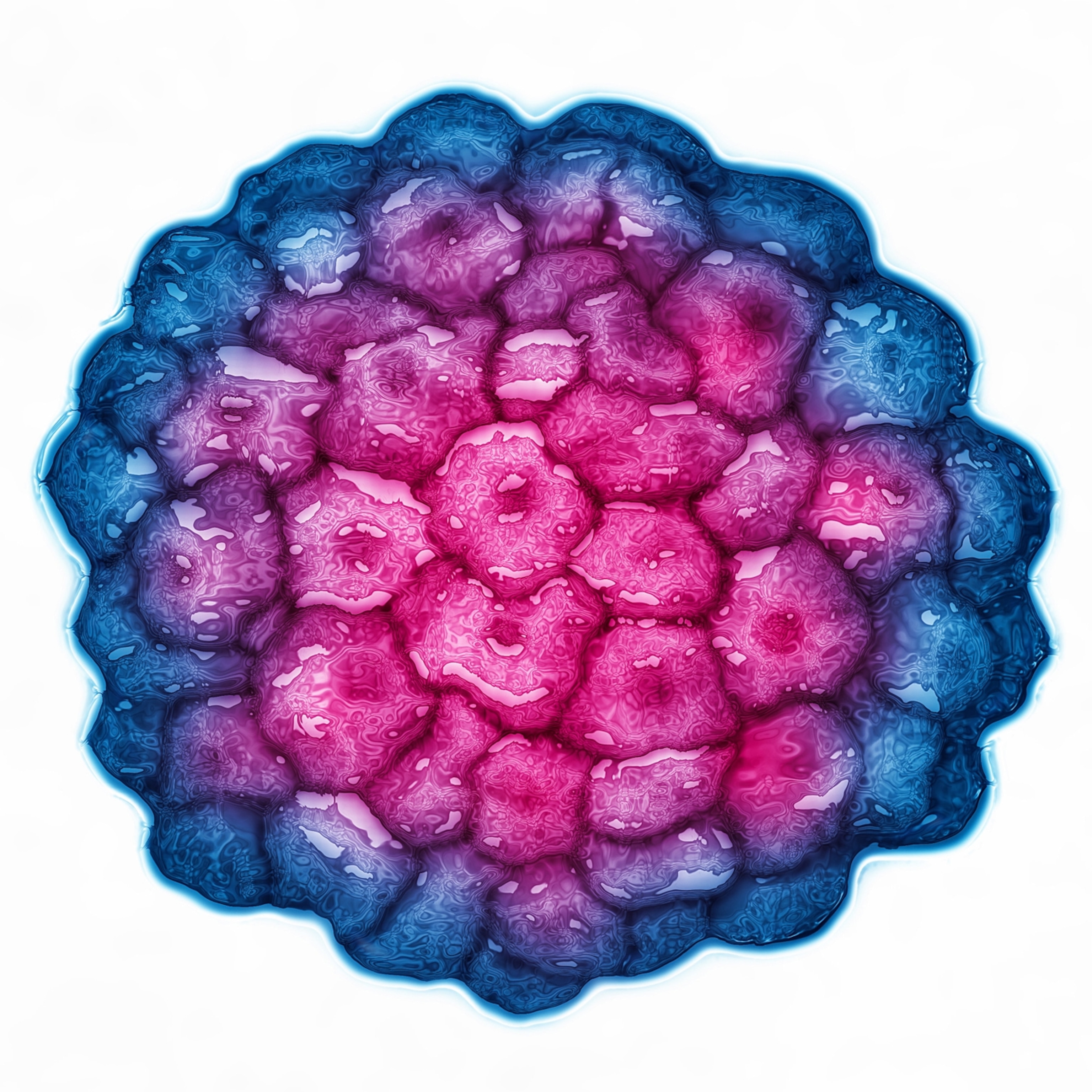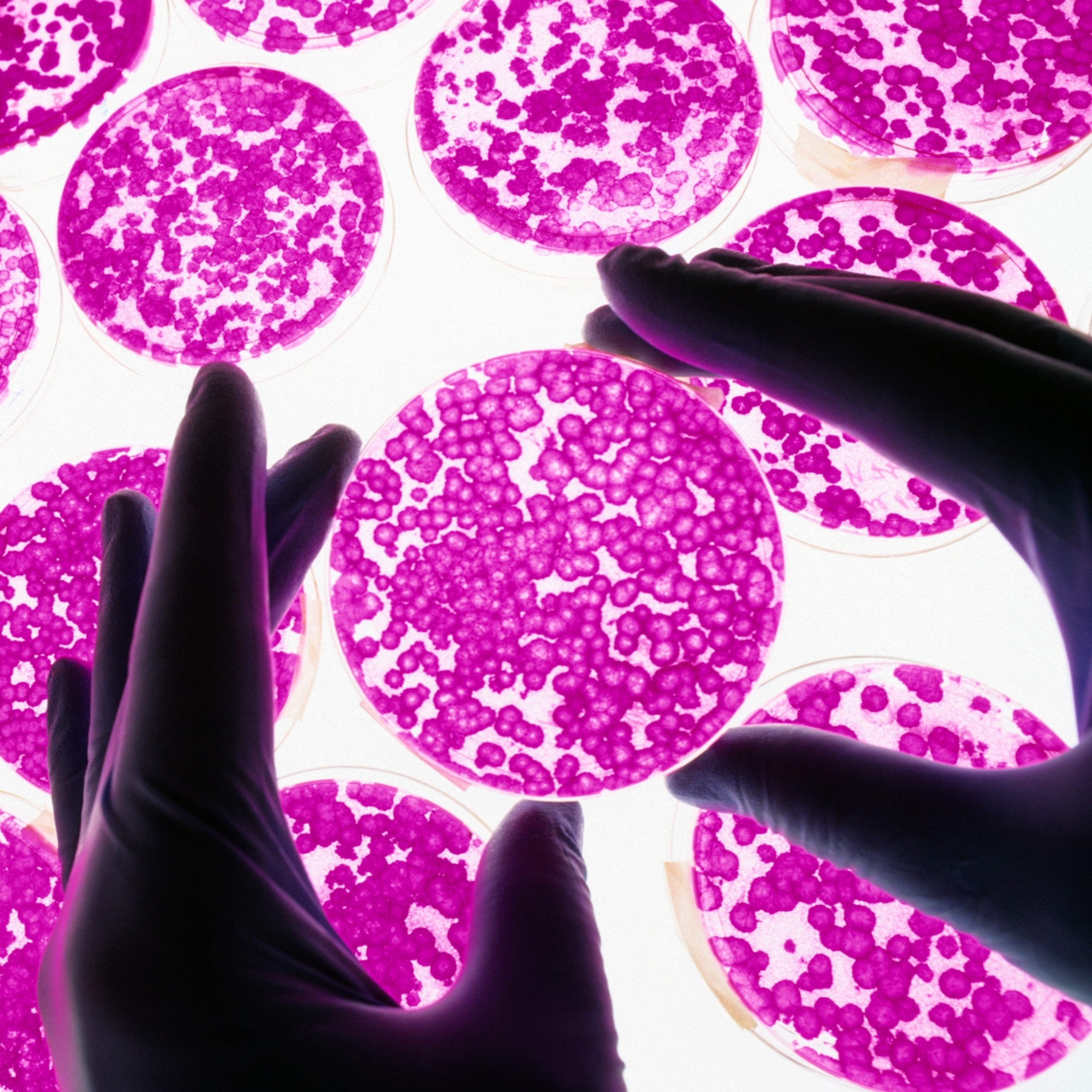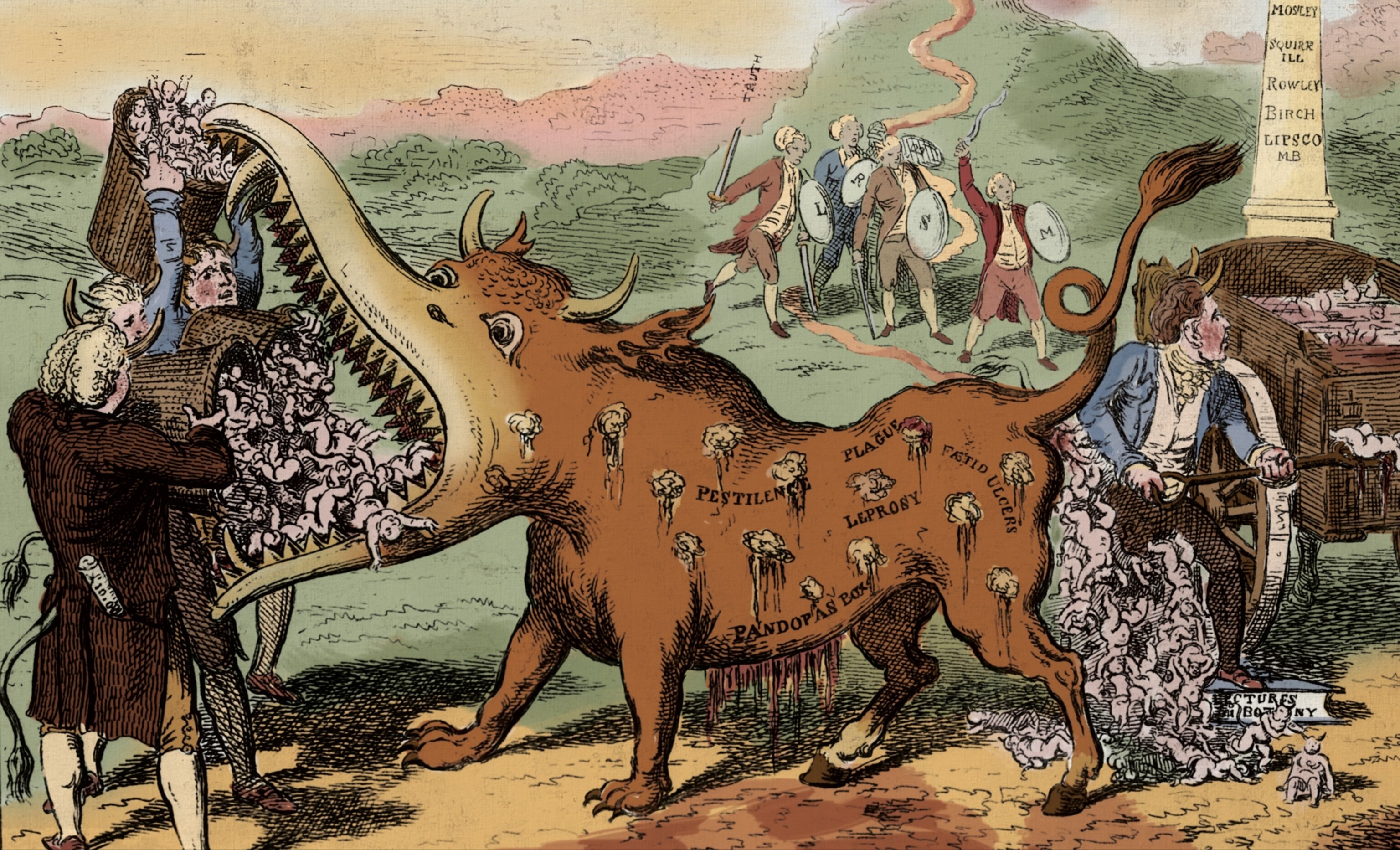
Smallpox killed 3 in 10, until the first vaccines conquered it
A gruesome killer for centuries, smallpox did not discriminate—killing kings and commoners alike—until an English doctor found a way to stop the disease: vaccination.
For millennia, humanity has feared smallpox, one of the world's deadliest diseases that killed roughly 3 out of every 10 people it infected. One of the earliest documented cases was found on an Egyptian mummy around the third century B.C. Cultures in Asia, Africa, and Europe all contain historic accounts dating back centuries of people suffering from smallpox. Descriptions of high fevers, aches, and body-covering pustules abound in early medical literature. Survivors were often disfigured by scarring; some were blinded if the blisters had formed close to their eyes.

Medical pracitioners developed different ways to treat the disease, but a major medical breakthough at the end of the 18th century when Edward Jenner, an English country doctor, created the smallpox vaccine through scientific observation and a remedy that came to England from Turkey. (Find out why vaccines are so crucial.)
Turkish techniques
In 1716 Lady Mary Wortley Montagu arrived in Turkey with her husband Lord Montagu, the new British ambassador to Turkey. Two years earlier, she had survived a bout with smallpox but bore the scars left by the disease. Lady Montagu mastered the local language and befriended Turkish women, through whom she made an extraordinary discovery: Her new friends would deliberately infect themselves and their children with pus from smallpox sufferers. They then suffered a mild bout of the disease, after which they were left immune to its deadly effects.
Weaponizing Smallpox
Smallpox had been infecting people in Asia, Africa, and Europe for centuries, but Australia, the Americas, and the Pacific Islands had been isolated from the disease. As European explorers came into contact with these populations in the 1400s and 1500s, they exposed them to smallpox and devastated them. For instance, the Aztec population numbered roughly 26 million in the early 1500s: By 1620, it was 1.6 million. These epidemics allowed European colonizers to seize new lands and conquer the surviving people.
Centuries later, smallpox became a weapon that colonists actively used it against native populations. In 1763 during Pontiac's War, the British gave contaminated blankets to Native Americans in the hopes of causing an outbreak, one of the earliest examples of biological warfare. An epidemic did break out in the Ohio Valley that lasted through 1764, although it is uncertain if it was directly caused by the infected linens or transmitted another way.
Lady Montagu was deeply impressed. She was a highly independent woman who had already taught herself Greek, Latin, and French and who had married against the wishes of her parents. Without hesitation Lady Montagu inoculated her own children, declaring: “I am patriot enough to take pains to bring this useful invention into fashion in England.”
Such methods were, in fact, already used in Europe, but Lady Montagu’s great achievement was to publicize the technique—which became known as variolation—and to energetically defend it against the entrenched hostility of some doctors and even priests. Thanks to her campaign, a number of high-profile personalities inoculated themselves using the Turkish method, among them the kings of Denmark and Sweden and the Russian empress Catherine the Great.
Variolation had a serious shortcoming: between one and three percent of those inoculated fell ill and died. This mortality rate explains why the procedure never became a fully established practice. Lady Montagu, who had done so much to fight smallpox, died of cancer in 1762.
Cuckoos and cows
Edward Jenner was born in 1749, the son of a country vicar, in the English village of Berkeley, Gloucestershire. When he was five his mother died in childbirth; his father died two months later. Young Edward went to live with his brother. He was later apprenticed to a surgeon, studying and practicing medicine in a hospital. As a member of a local medical association, he published detailed papers on a wide range of medical conditions. He also wrote on a number of other topics that interested him, such as ornithology and aerostatic balloons. In 1789 his research on cuckoos won him a fellowship with Britain’s academic elite, the Royal Society.

Away from birds and balloons Jenner spent the 1790s methodically searching for a way to protect humanity from the disease that killed as many as 80,000 Britons per year. He believed that something more effective than variolation was needed, and something with fewer risks for the patient. Earlier scientists had suggested that cowpox, a mild variant of smallpox found in cattle, might offer some kind of solution. As a doctor with a rural practice, Jenner was in an ideal position to research cowpox and its effects on people who worked with cattle. Jenner observed that milkmaids would often contract cowpox after coming into contact with the pustules on cows’ udders. During smallpox outbreaks milkmaids’ families would fall ill, but the milkmaids themselves, if they had had cowpox, were spared.
Signs of Smallpox

Caused by the variola virus, smallpox was easy to catch: Sneezing, coughing, fluid from pustules, and dried scabs could all transmit the virus to a new person. Symptoms would appear about 12 days after exposure. The victim would start to experience aches and high fever. Sores would first appear in the mouth and on the tongue, and a rash would spread to the rest of the body. The bumps would become raised pustules that would scab over. If the patient survived, the scabs would fall off, leaving skin pockmarked.
On May 14, 1796, Jenner took the bold step that would change medical science. He extracted pus from the sores of an infected woman and used it to inoculate a little boy, the son of his gardener. A week later the boy fell ill. For a tense couple of days Jenner monitored his progress, and then the boy recovered. Six weeks later, Jenner exposed the boy to the smallpox virus, but he showed no symptomds of the dreaded disease. Jenner then repeated the experiment on 22 more people. Again, none of the people inoculated with cowpox died or showed any signs of serious illness. It was the proof Jenner needed that his method, already termed “vaccination,” was effective.
Vaccine controversies
Although Jenner’s success was greeted with great enthusiasm, it drew bitter opposition on scientific as well as ideological grounds. The clergy joined with philosophers, including Immanuel Kant, in opposing vaccination. The situation was complicated by poorly trained practitioners carrying out Jenner’s procedure without properly understanding it, sometimes spreading the disease rather than containing it. One of the most important precautions stipulated by Jenner was that samples should only be taken from cowpox blisters seven days after they first appeared, ensuring that the illness was less virulent. Although Jenner never knew it, his emphasis on a weakened strain of cowpox would later prove the key to tackling other diseases. When a relatively benign animal equivalent of a disease did not exist, it was discovered that a vaccine could be developed using weaker, related microorganisms.
Jubilant Support and Poisonous Opposition
When properly applied, Jenner's methods were successful and were gradually implemented throughout Europe. In 1803 the Royal Jennerian Society was founded in Britain, offering vaccination free of charge to those who wanted it. In 1805 Napoleon Bonaparte ordered the vaccination of his entire army. The Spanish government launched a three-year-long philanthropic mission to bring vaccination to the Spanish Empire, including the Americas, the Philippines, Macao, and China. Jenner wrote of this remarkable expedition, “I don’t imagine the annals of history furnish an example of philanthropy so noble, so extensive as this.” In 1840 the British government passed laws to vaccinate the entire population for free.
The fight against smallpox continued over the next century, and Jenner's vaccine would help eradicate the disease, whose last known case occurred in 1978. (Go inside current controversies and misunderstandings about vaccinations.)
Jenner’s legacy
Edward Jenner received a wealth of titles and honors for his achievment. The British Parliament awarded him £10,000 —a colossal sum for the time—later supplemented with an additional £20,000. Yet, despite all the glory heaped upon him, Jenner remained a man of relatively modest habits. He returned to the village of Berkeley, where he continued his medical practice. On January 25, 1823, Jenner suffered a stroke while asleep and was found dead the next morning. He was 73 years old.
Jenner's research lived on in the works of scientists like Louis Pasteur and Robert Koch, who explored the ways illnesses were transmitted among people. Their discoveries supported the theory that microorganisms caused illness, better known today as germ theory. Using this foundation, more vaccines were discovered over the decades to end the plague of many contagious diseases, such as rabies, polio, and measles.










